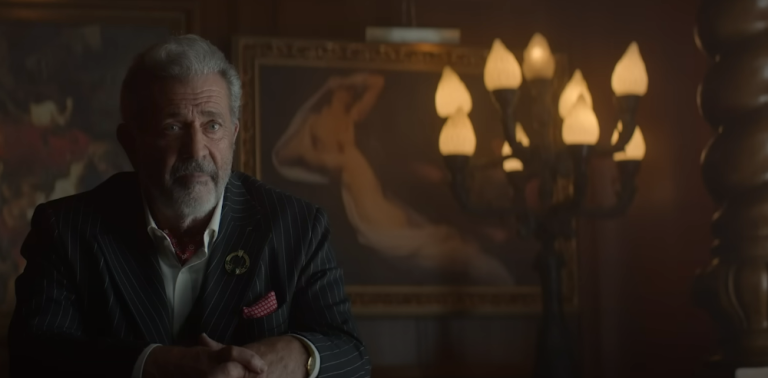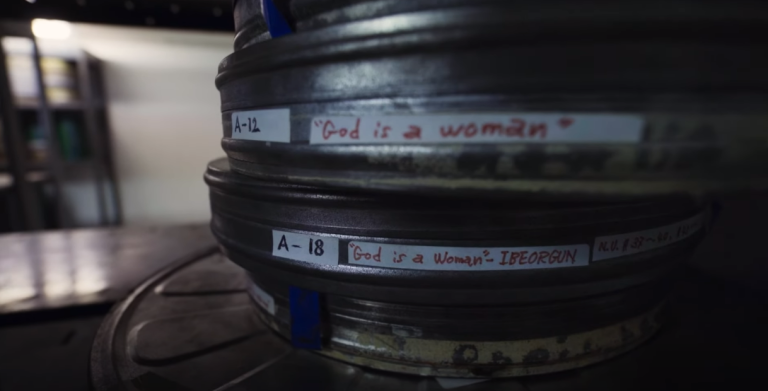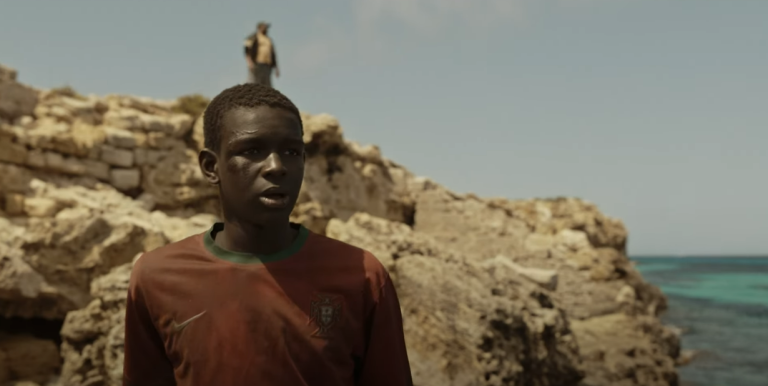
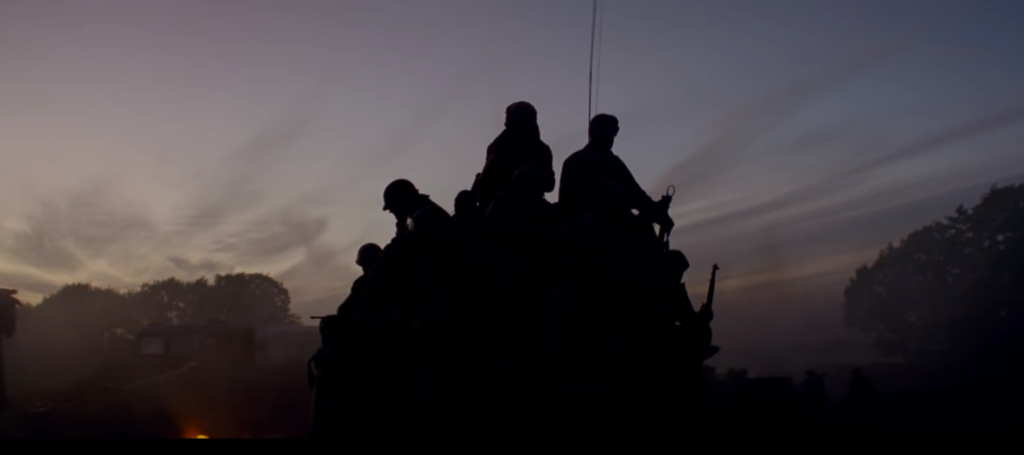
The juxtaposition between “Fury” and “Inglourious Basterds” might seem inevitable due to Brad Pitt’s involvement in both films, but “Fury” distinguishes itself with a markedly different approach. While Tarantino’s work often embodies irony and stylized storytelling, David Ayer’s direction in “Fury” leans towards a more conventional war narrative reminiscent of classics like “The Dirty Dozen” and “Where Eagles Dare.” Yet, Ayer doesn’t merely mimic these predecessors; instead, he endeavors to encapsulate the raw brutality and grim reality of World War II, focusing on a group of soldiers led by Pitt’s Sgt. Don “Wardaddy” Collier as they navigate the final days of the conflict.
Set against the backdrop of Allied forces pushing through Germany towards Berlin, “Fury” portrays the desperation of the Nazi regime, resorting to extreme measures such as enlisting children and executing dissenters. At the core of the narrative is Wardaddy’s Sherman tank crew, a tightly knit group that has endured together since their time in North Africa. Each member brings a distinct personality to the mix: the devout gunner Bible, the skilled Hispanic driver Gordo, and the rough mechanic Coon-Ass.
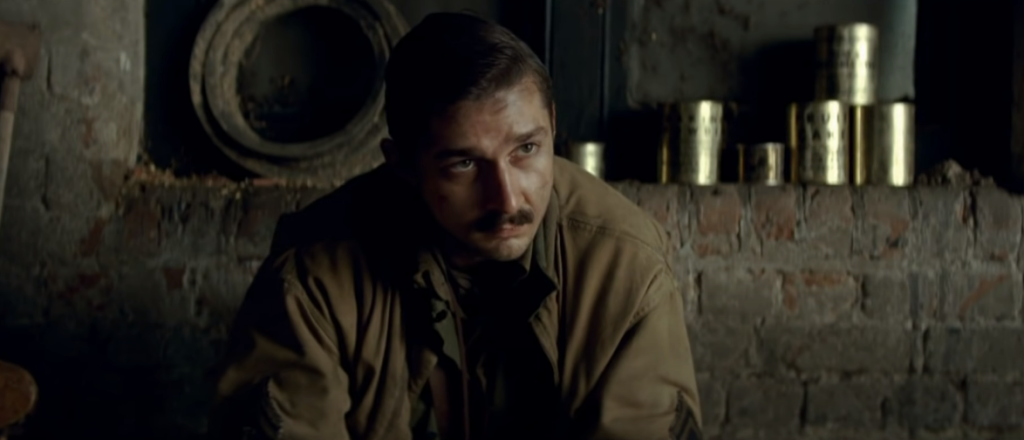
Their dynamic undergoes disruption with the arrival of Norman Ellison, a young and inexperienced soldier thrust into combat after a brief stint as a typist. As the newest member, Norman faces a baptism by fire, forced to confront the brutal realities of war without prior combat experience. His journey becomes a lens through which the audience witnesses the toll of battle on both body and soul.
While “Fury” impresses with its technical prowess and visceral action sequences, it falls short in character development and emotional depth. Despite the graphic violence depicted, there’s a detachment that prevents full investment in the characters’ struggles. Ayer’s emphasis on the visceral aspects of warfare overshadows meaningful storytelling, leaving the film somewhat hollow despite its visual spectacle.
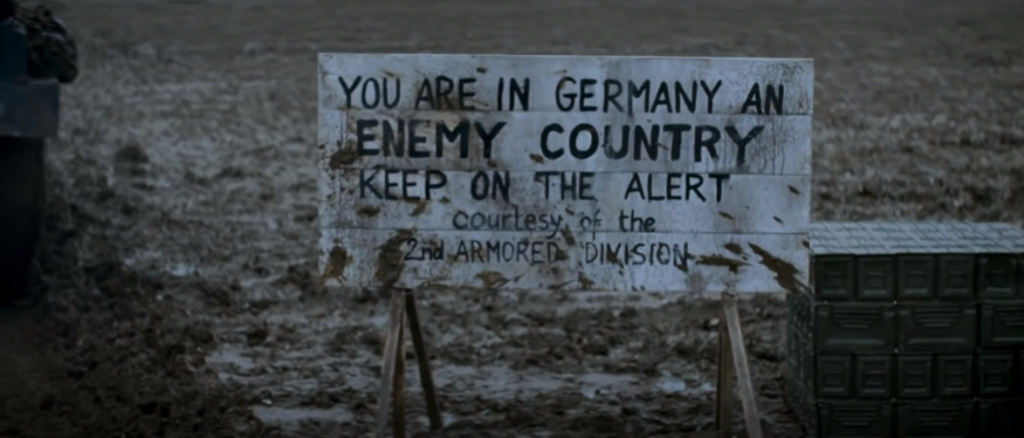
In essence, “Fury” presents a grim portrayal of World War II, highlighting sacrifices and horrors endured by soldiers. However, its focus on visceral action over emotional resonance limits its impact, rendering it a technically proficient yet emotionally distant entry in the war movie genre.
The initial skepticism of the Fury crew towards newcomer Norman quickly turns to disdain when he struggles to acclimate, such as losing his lunch while cleaning up his predecessor’s blood in the tank’s cab. Matters worsen when Norman freezes during a crucial confrontation, leading to the death of another tank commander in their convoy. Despite this rocky start, Norman gradually proves himself and integrates into the team. Even Wardaddy, the hardened leader, takes it upon himself to mentor Norman during a brief interlude with German women.
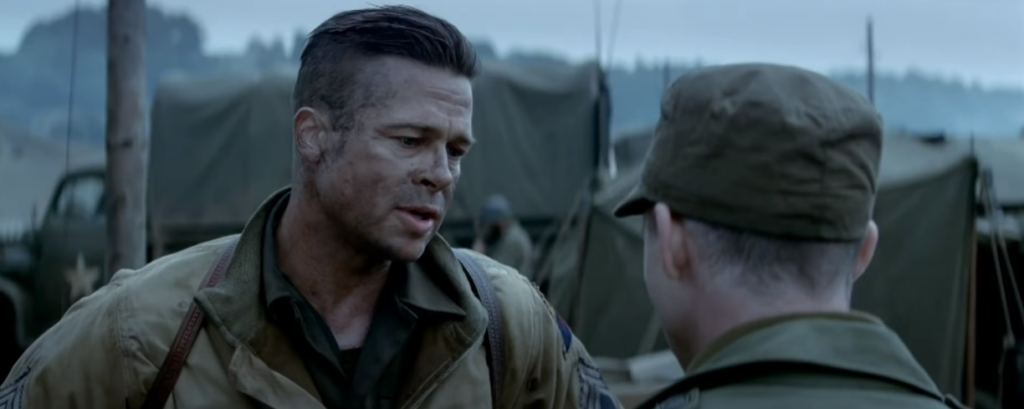
Director David Ayer, known for gritty crime dramas, expands his repertoire with “Fury,” showcasing broader scope and ambition. While Ayer effectively captures the period’s atmosphere and illustrates how individuals can unite under extreme circumstances, the film falls short of its potential. Despite authentic portrayals and intense action sequences, “Fury” lacks emotional engagement due to underdeveloped characters and a narrative trajectory lacking a strong emotional core.
The meticulous attention to detail in “Fury” sometimes overshadows compelling storytelling, resulting in a narrative that feels predictable and dialogue lacking subtlety. While flaws like these might be forgivable in shorter films, “Fury” suffers from its lengthy runtime, making every minute feel ponderous and drawn-out. Additionally, the film’s relentless noise contributes to its bloated feel, detracting from the overall experience.
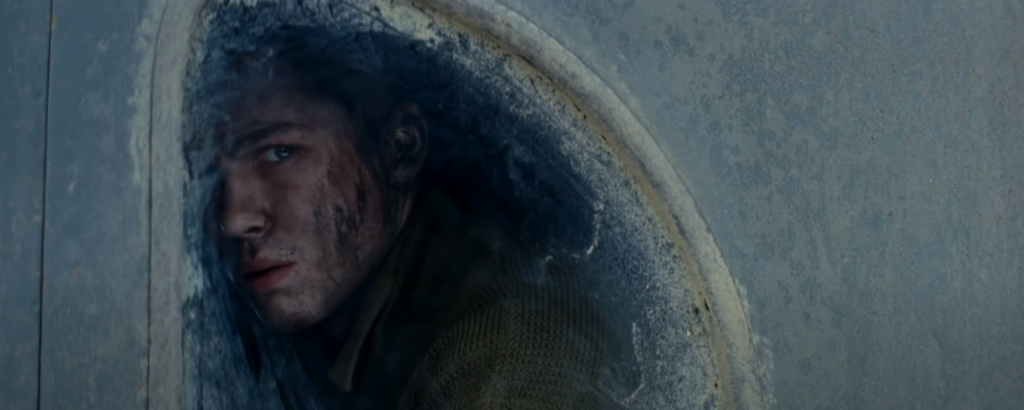
Brad Pitt delivers a solid performance, although comparisons to his role in “Inglourious Basterds” are inevitable. Despite competent performances from the cast, characters in “Fury” remain thinly sketched, lacking depth beyond assigned traits. Consequently, the film struggles to elicit genuine emotional investment in their fates.
While “Fury” boasts technical prowess and may appeal to fans of WWII cinema, its dramatic and emotional impact falls short. With a greater focus on story, character development, and dialogue, director David Ayer could have elevated “Fury” beyond a generic war film. Instead, it becomes a missed opportunity—a film that, despite potential, fails to leave a lasting impression.

| Aspect | Fury | Inglourious Basterds |
|---|---|---|
| Director | David Ayer | Quentin Tarantino |
| Narrative Style | Traditional war narrative | Stylized storytelling with irony |
| Setting | World War II | World War II |
| Main Character | Sgt. Don “Wardaddy” Collier (Brad Pitt) | Lt. Aldo Raine (Brad Pitt) |
| Tone | Grim reality, raw brutality | Fictional, revisionist history |
| Character Development | Limited depth, thinly sketched characters | Rich characterization, memorable personas |
| Emotional Impact | Limited emotional resonance | Strong emotional engagement |
| Pacing | Ponderous and drawn-out | Dynamic and brisk |
| Critical Reception | Mixed reviews | Positive reviews |

